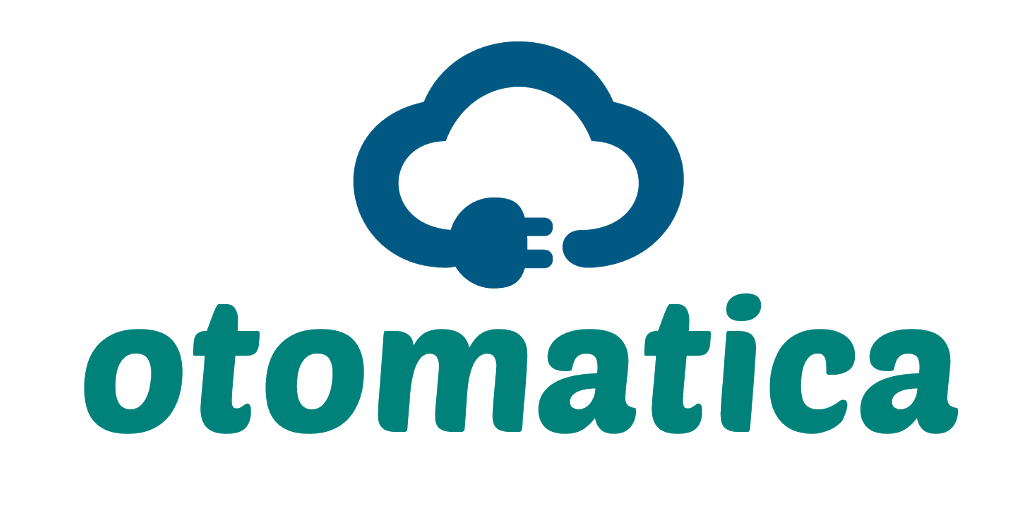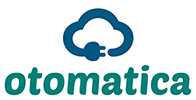
Standards are typically sets of rules that provide benefits when repeated. Standards prepared for various products and applications are usually created by a committee consisting of various stakeholders and updated in approximately 5-year intervals. Compliance to standards is voluntary unless required by local laws.
A Data Center Physical Infrastructure runs with the integrated operation of 15-18 different systems. In addition to the implementation standards for disciplines such as power, mechanics, network and security, the standards for products also constitute sufficient amount of reference documentation.
As each organization existence is getting strongly dependent on Information Technologies, “business continuity” became the top item in the values provided by the data center physical infrastructure and is becoming an increasingly more important need today.
This process started in the early 2000s and naturally resulted in the requirement for a standard or best practices for the business continuity need in the data center industry. The standard that filled this gap was the TIA – 942 (Telecommunications Infrastructure Standard for Data Centers, 2005) standard that defined the data center communication (network) requirements. This standard consists of two parts. The normative part sets out the network topology in the data center from the main fibers to the servers in the white space while the informative part sets out the physical infrastructure of the data center in four Tiers.
Uptime Institute developed a particularly important Standard in the early 2000s: Fault-Tolerant Power Compliance Specification v.2.0. After the ITI (Information Technology Industry Council) standardized the insensitivity of power supplies used in IT devices against low-quality in power, the Uptime Institute published this study that guarantees the business continuity of these critical IT devices with respect to power supply. The IT industry, particularly all IT hardware suppliers integrated this feature in their new product ranges. This was the milestone when standard servers became to be equipped with dual power supply.
The Uptime Institute set out a Tier classification that includes the operation conditions with a philosophical approach against the data center physical infrastructure code that is mentioned in TIA-942 and developed as a checklist and offered this to the industry in 2009 through its Professional Services. This Standard could only set out topological requirements and simplify the design criteria to a testable structure. It was also providing Certification Services for compliance to the standard set out with net criteria and stood out as an international organization that was both an opinion leader and made commercial profits.
This shook all the companies that performed design and implementation in the data center physical infrastructure industry, including large IT leaders. Their consultancy authority based on their experiences with inspiration from the non-binding (informative) part of the TIA-942 Standard faced with strong competition. In particular, the European Sector centered in Germany blamed the Uptime Institute for being commercial and looked down on the value it provided and sought to maintain their existing position. Although these companies showed high resistance in their own countries, they were forced to submit to the UI Tier Standard on the international market. Especially, emerging countries found this UI Tier Standard more practical with its transparency and independency of IT leader monopolism.
It should not be ignored that the TUVIT Organization in Germany provided service with its expert staff about IT Reliability by focusing particularly on German-speaking countries. Since 2002 they offered service using the “Trusted Site Infrastructure (TSI)” code they created, which also includes Data Center Critical Infrastructure. Today they also take the EN50600 European Data Center Standard as reference. Although not well-known, this organization is also operating in our country.
The response to the Uptime Institute’s global progress again came from the US. The “Telecommunications Industry Association” that has created the TIA-942 started alignment efforts with the Uptime Institute, but no agreement could be reached.
Later, another US organization, the “Building Industry Consulting Service International” (BICSI) published the “BICSI 002-2011, Data Center Design and Implementation Best Practices” for data center infrastructure. BICSI also started to offer Professional Services to the industry like the Uptime Institute. It has currently published its 2019 version.
It was positive that the “BICSI 002-2019, Data Center Design and Implementation Best Practices” standard holistically addressed the issues, which were not mentioned by the Uptime Institute standards and in the TIA-942 standard, in a comprehensive framework. This standard contains requirements and recommendations on various issues ranging from facility requirement to weak current.
The “EN 50600” standard, which was claimed to show how Europe could create a data center standard, but could not be published for a long time, was finally published in 2014 and renewed in 2019. Just as the BICSI 002, the EN 50600 was published with a structure referencing the EN implementation and product standards in its inventory, ranging from end-to-end data center facility to electromechanical systems, and operation. TUVIT seems to be one of the organizations that provide professional services to prevent the Uptime Institute from entering their regions, but they state that they will not fully give up using their own codes. The standard is really European and innovative (?) enough to claim that it can realize Class 4 (Tier 4) data center infrastructure without using generators.
And the International Data Center Authority (IDCA) is a new organization working on another data center infrastructure standard. Visiting its website, you can see that it aspires to have a major influence. Their training and certificate professional services are also under way.
Regarding Data Center Physical Infrastructure, the ASHRAE (American Society of Heating, Refrigerating and Air-Conditioning Engineers) committee of “Technical Committee (TC) 9.9 Mission Critical Facilities, Data Centers, Technology Spaces, and Electronic Equipment” is the authority that determines the conditions for air in data center spaces and conducts works on efficiency. Thermal Guidelines are one of the prominent references that set out data center cooling criteria in the clearest way.
Regarding efficiency, Green Grid is an important organization that publishes and develops standards. It is currently working on combining infrastructure efficiency with a new comprehensive approach covering IT devices as well.
As mentioned in the beginning, all standards are groups of rules that provide benefits when repeated. Standards are prepared based on commercial concerns as well as academic ones. Some members of committees that prepare industrial standards are well-known manufacturers, which is natural for technological development. Standards always lag behind as they are renewed every five years on average. An innovative solution can be defined for a standard when it draws public attention and is brought to the agenda of standard creation.
Otomatica will not favor a single standard. Otomatica creates and offers its solutions and services in the light of “information” that will add value to its customers. This “information” particularly based on also the standards.


